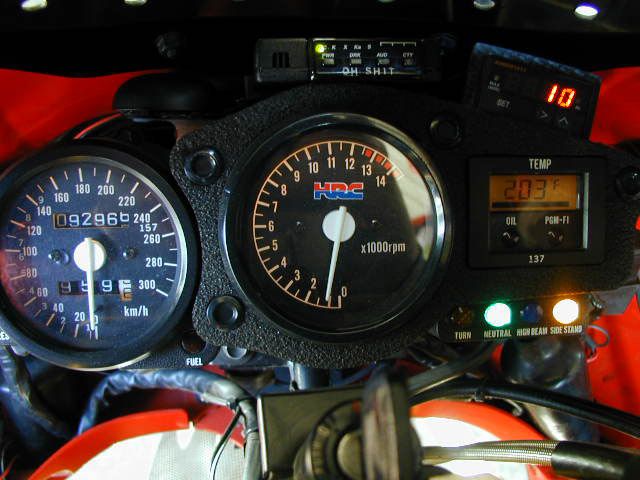I've ran Shell Rotella T6 0W40 in my 2008 Honda CBR600RR's for a few years.
One is a race bike and the oil gets drained after every race weekend or two. I picked up this bike this season.
One of the more experienced racers who builds/tears down his own engine. Same engine as mine. Has found he was getting some more than normal engine wear while using T6. And suggested using an ester based oil.
Not sure if an oil with more POA would be as protective as a a higher POE content would.
I like to buy oil when it's on sale for 40-50% off here in Canada.
I look for either JASO-MA2 or an oil that does not have "resource conserving".
The fact that the oil is being drained from the bike so often is why I want to find a good protective oil for a good price. Some racers do a complete oil and filter change every race weekend. I need to keep costs in check. If I bought the oil for a good enough price I would at least drain and fill every race weekend. And change the filter every few rounds etc.
I can then use the oil in my generator or can even put it in my wife's 2004 Suzuki XL7 2.7L V6.
Any recommendations? M1 euro 5W40? Any 0W40's?
The bikes do get started in cold mornings. 40°f-50°f.
Something that withstands high heat and sustained high RPMs and provides excellent wear reduction.
Currently in the race bike is Castrol Edge 5W40 non resource conserving. $35 cdn for 5L sale.
I do have 15L of M1 5W30 EP in my stash for my '22 Hyundai 2.5L Turbo. But it has energy/resources conserving designation.
I'd very much appreciate some opinions etc. Thanks!
One is a race bike and the oil gets drained after every race weekend or two. I picked up this bike this season.
One of the more experienced racers who builds/tears down his own engine. Same engine as mine. Has found he was getting some more than normal engine wear while using T6. And suggested using an ester based oil.
Not sure if an oil with more POA would be as protective as a a higher POE content would.
I like to buy oil when it's on sale for 40-50% off here in Canada.
I look for either JASO-MA2 or an oil that does not have "resource conserving".
The fact that the oil is being drained from the bike so often is why I want to find a good protective oil for a good price. Some racers do a complete oil and filter change every race weekend. I need to keep costs in check. If I bought the oil for a good enough price I would at least drain and fill every race weekend. And change the filter every few rounds etc.
I can then use the oil in my generator or can even put it in my wife's 2004 Suzuki XL7 2.7L V6.
Any recommendations? M1 euro 5W40? Any 0W40's?
The bikes do get started in cold mornings. 40°f-50°f.
Something that withstands high heat and sustained high RPMs and provides excellent wear reduction.
Currently in the race bike is Castrol Edge 5W40 non resource conserving. $35 cdn for 5L sale.
I do have 15L of M1 5W30 EP in my stash for my '22 Hyundai 2.5L Turbo. But it has energy/resources conserving designation.
I'd very much appreciate some opinions etc. Thanks!


